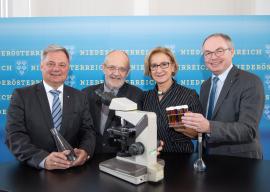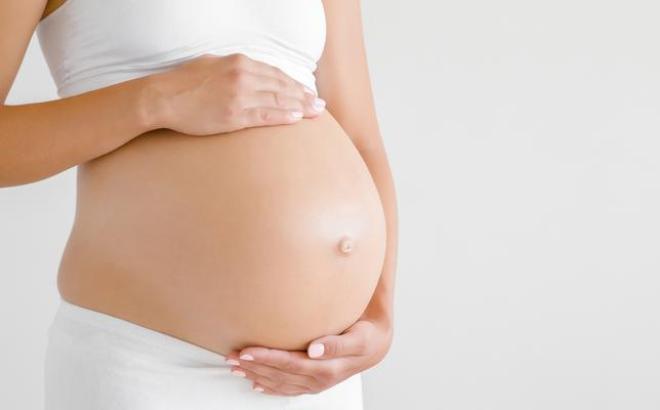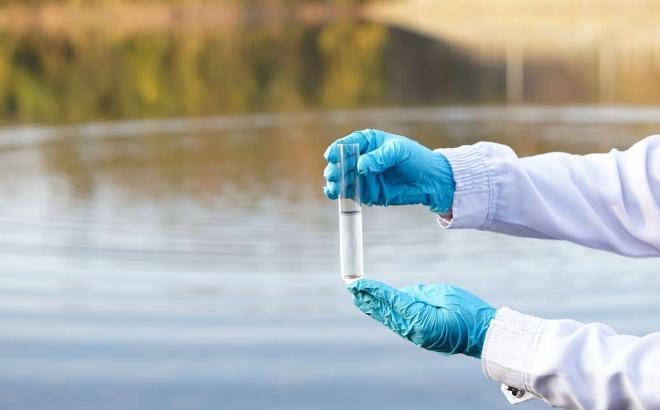Six million euros for research and teaching at the University Hospitals
In Lower Austria, medical education and research are being further expanded. Today, Johanna Mikl-Leitner, governor, Stephan Pernkopf, deputy governor, Rudolf Mallinger, rector of the Karl Landsteiner University and Markus Klamminger, medical director of the Lower Austrian Clinic Holding, presented further steps. Six million euros for research and teaching at the university hospitals of Krems, St. Pölten and Tulln.
"Education, training and further education, paired with science and research, are the best breeding ground for a positive development of our country", and therefore it is "good, important and right that we continue to invest in Lower Austria as a location for science and education", emphasised the provincial governor at the beginning of the press conference in the Lower Austrian Landhaus. She presented further measures to strengthen medical education and research in Lower Austria, to make medical education at the KLUniversity even more attractive and to further intensify research at the university hospitals in St. Pölten, Krems and Tulln.
The Karl Landsteiner University started in 2013, the new building was opened in 2017, and the number of students has risen to 280. The Master's programme in Human Medicine started 2016, and the Master's programme in Psychology will be added in 2019.

Mikl-Leitner announced that six million euros will now be invested to create premises for research and teaching at the university hospitals in Krems, St. Pölten and Tulln. In addition, 2.5 million euros will be made available annually for the basic conditions, including staff. An endowed professorship for Biostatistics and Data Science at the KL location will ensure that students can further their education in the handling of research data and that important data will be available for medical doctors to use in their research. This will enable students to gain experience in the field of research and make it more attractive for physicians to work in Lower Austria. A further step would be a new endowed professorship in the field of general medicine, which would also be established at KL University. The aim is to make training as a general practitioner even more attractive. The next five years will see around 1.8 million euros made available for this purpose.
Deputy Pernkopf first referred to the development of the Regional Structure Plan for Health and the "very clear location guarantee" for the 27 provincial hospitals. However, the province of Lower Austria is also working intensively to create even better training opportunities for prospective doctors. According to Pernkopf, the six million euros in investments are broken down into investments of 3.8 million euros at the St. Pölten site (extension of the pathology building), 1.6 million euros at the Tulln site (extension) and 600,000 euros at the Krems site (adaptation of premises).
The endowed professorship for general medicine is "unique in Austria", emphasised Pernkopf. The hospitals already employ 1,200 regular doctors (out of a total of 3,700 doctors). "Altogether we train one third of the doctors in Lower Austria", said Pernkopf, who also demanded: "We need more study places in the federal government! This year alone, 16,000 young people in Austria applied for only 1,600 study places.
"The task of a university is to educate students in the best possible way, but also to create an environment that enables excellent research," said Mallinger in his statement. The Karl Landsteiner University has succeeded in "establishing medical studies in such a way that we can say that studying in Krems is one of the best medical studies not only in Austria". Now it is also possible to "specifically promote research", Mallinger was pleased to say, because "universities only exist with high-quality research".
Medical research is of central importance for the Lower Austrian clinics, said Klamminger. Further steps towards science are therefore very important, he emphasised. The possibility to conduct science and research at the locations also increases the quality in order to attract doctors to work in Lower Austria.




